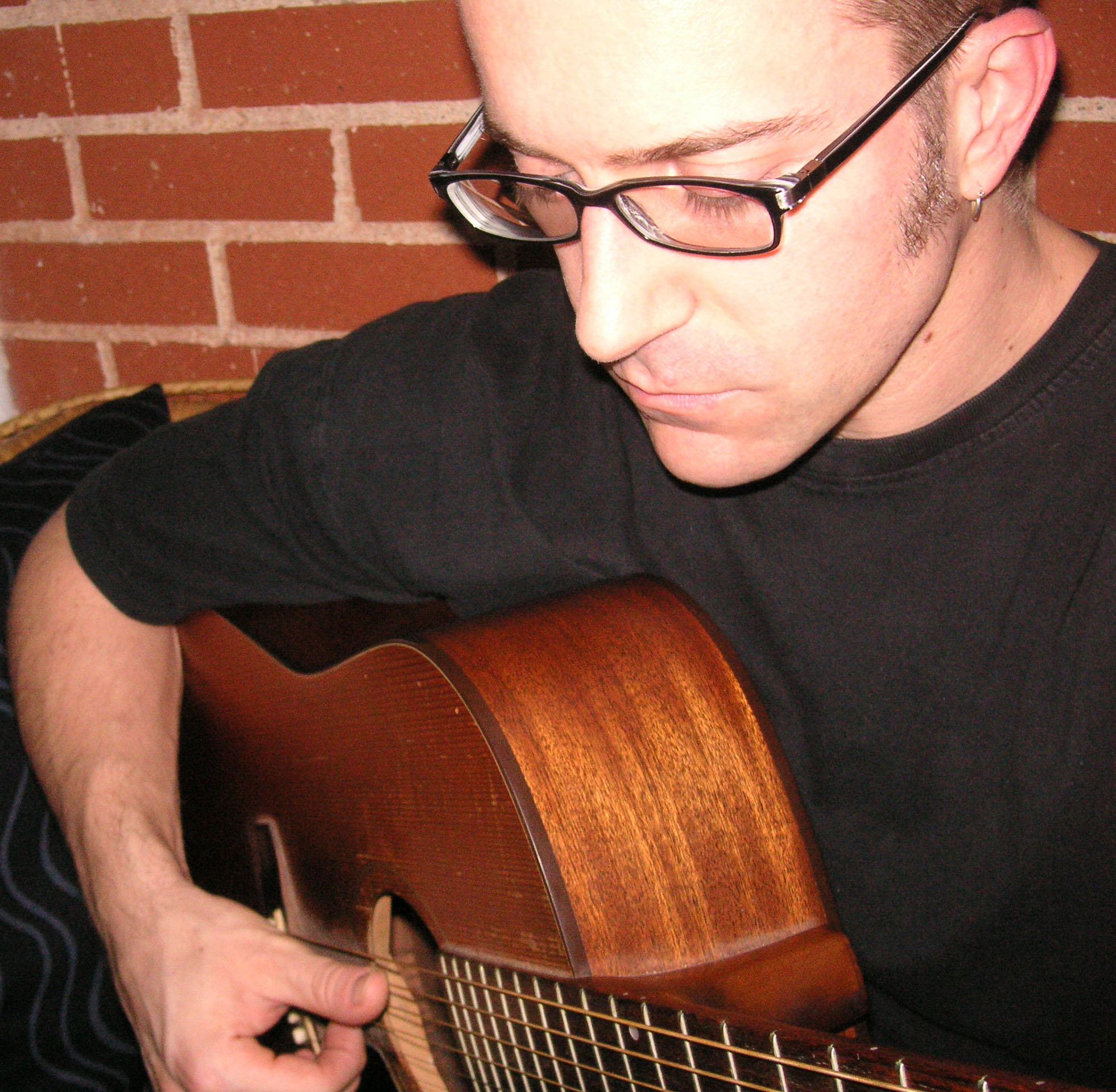The Acoustic Stylings of the Grateful Dead's Jerry Garcia

Jerry Garcia is best known as the lead guitar player and primary singer/songwriter of the Grateful Dead.
Though they are regarded as pioneers of the “jam band” genre that rose to prominence in the late Sixties, the Grateful Dead, unlike many of their counterculture contemporaries, never faltered with the changing times.
Up until Garcia’s passing in 1995, they toured tirelessly, followed on the road by their loyal Deadhead fans for months—or years—on end. Of course, the Dead & Company still thrive.
This month, I want to honor Jerry with an examination of his funky bluegrass- and folk-tinged acoustic passages, all of which take place in open position.

Garcia’s bluegrass influences—he was a huge fan of Doc Watson and Arthur Smith—inform his tasty picking on “Ripple” (American Beauty), which inspires FIGURE 1, a passage comprising melody (notes coinciding with accent marks, “>”) and strums of fragmented open G, C and D chords. Garcia really cut his teeth on this style in the early-to-mid Sixties with Sleepy Hollow Hog Stompers and Mother McCree’s Uptown Jug Champions (the latter of which morphed into the Grateful Dead in 1965).
In this example, as you hold each chord shape, alternate-pick swing eighth notes, hitting the strings in the prescribed rhythm. The majority of non-open-string melody notes can be fretted with the middle finger.

In 1972, Jerry released his first solo album, Garcia. Many of the album’s tracks, including “Bird Song,” which informs FIGURE 2, found a permanent home in the Grateful Dead’s set lists. “Bird Song” showcases Garcia’s funky, syncopated approach to playing, as its groovy strums (bars 1 and 3) and single-note riffs (bars 2 and 4) indicate. (Note that most of these riffs are derived from arpeggiated C, G and D chords.)
All the latest guitar news, interviews, lessons, reviews, deals and more, direct to your inbox!
To cop the intended feel of this passage, play with a “bouncy” 16th-note swing feel, and be sure to heed the 16th-note rests (don’t play each time you see the symbol that first appears during beat three in bar 1).

Though the traditional blues “Deep Elem Blues,” similar to what’s shown in FIGURE 3, had been a Grateful Dead concert staple since 1966, they never recorded it until their live acoustic release, Reckoning, in 1981. Played on the bottom three strings, this riff is essentially a supercharged blues boogie pattern—a guitaristic adaptation of “boogie-woogie” blues piano accompaniment, coupling a root-fifth power chord with additional tones (usually the sixth and flat-seventh).
These are played on higher strings in alternation with the chord’s fifth. Garcia takes this framework and funks up the joint with a slinky 16th-note groove, squeezing out numerous variations as the form unfolds (refer to the original recording). For another classic “Jerry” interpretation of this track (and “Ripple”), check out Almost Acoustic, the first of a pair of releases by the Jerry Garcia Acoustic Band.
A singer-songwriter/multi-instrumentalist/film composer, Musician's Institute instructor, and author of 50+ transcription/instructional books, Dale Turner is also Guitar World's "Hole Notes"/"Acoustic Nation" columnist, and the former West Coast Editor of Guitar One magazine. Some of Dale’s old, weird, rare, and/or exotic instruments are featured in his score for WEEDS, the first animated short completed within the Filmmakers Co-op at Disney Feature Animation. His most recent CD, Mannerisms Magnified, was praised by Guitar Player magazine for its "Smart pop tunes that are crammed with interesting guitar parts and tones ... Like what the Beach Boys might do if they were on an acid trip that was on the verge of getting out of control. Yeah!"

